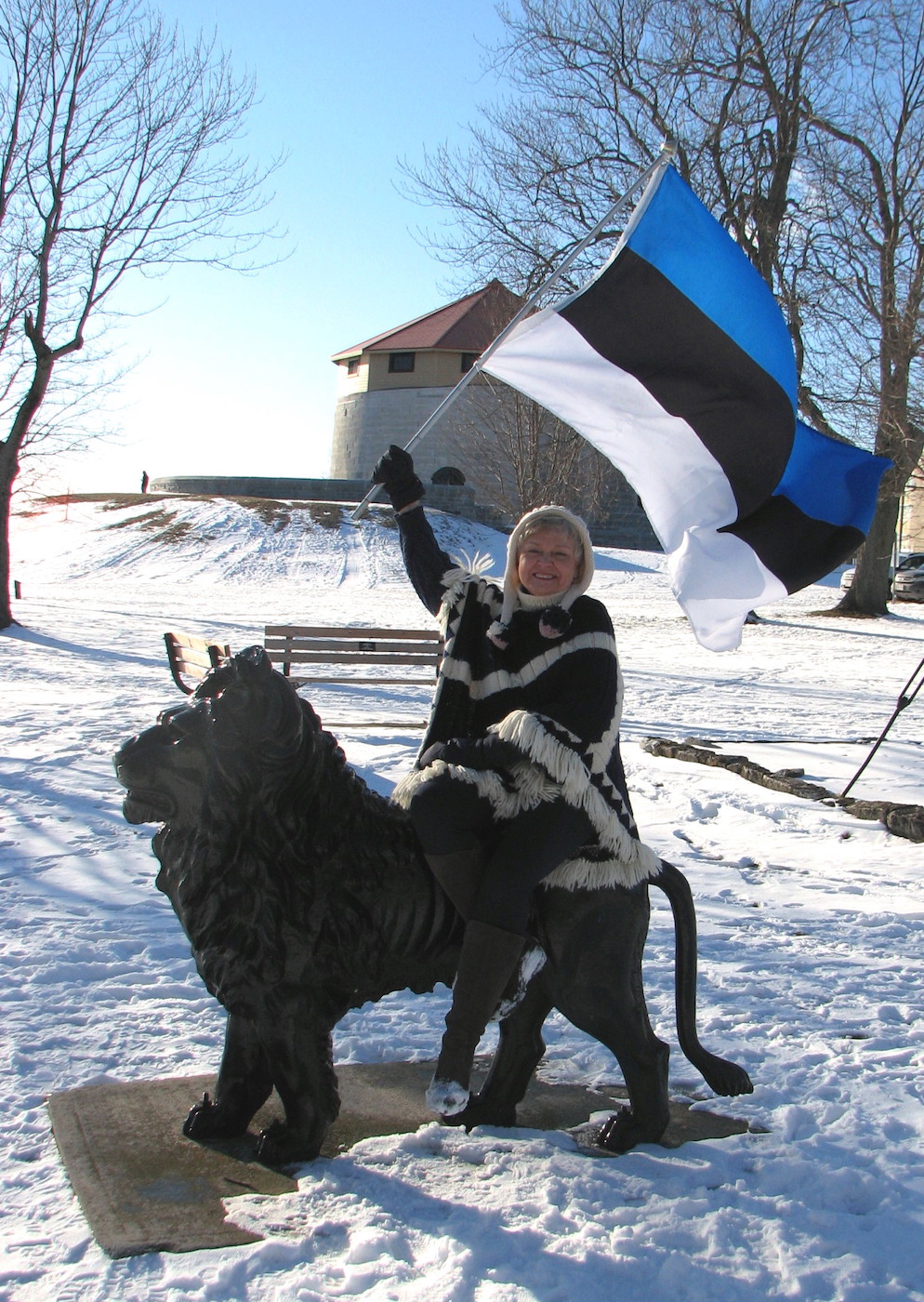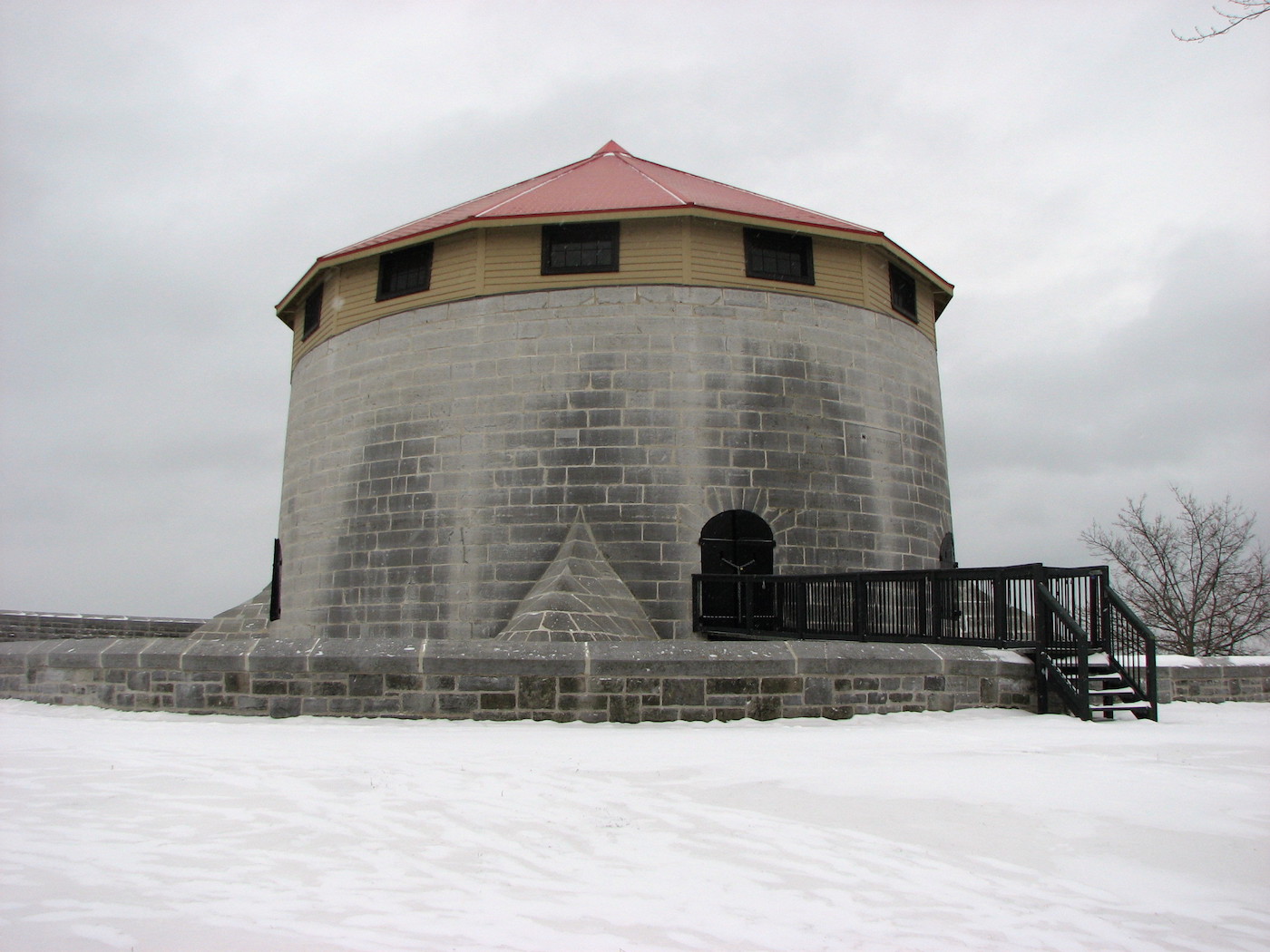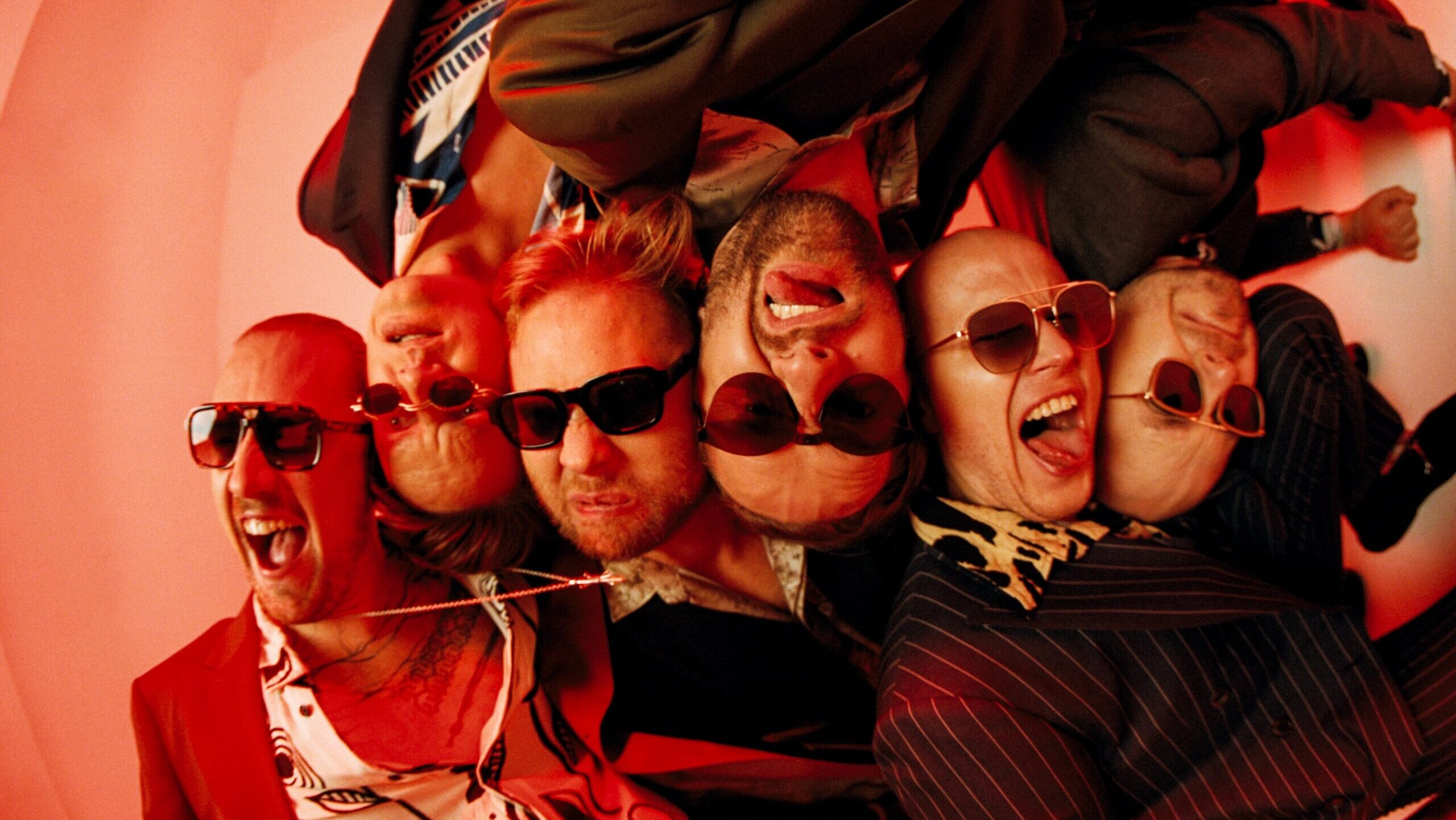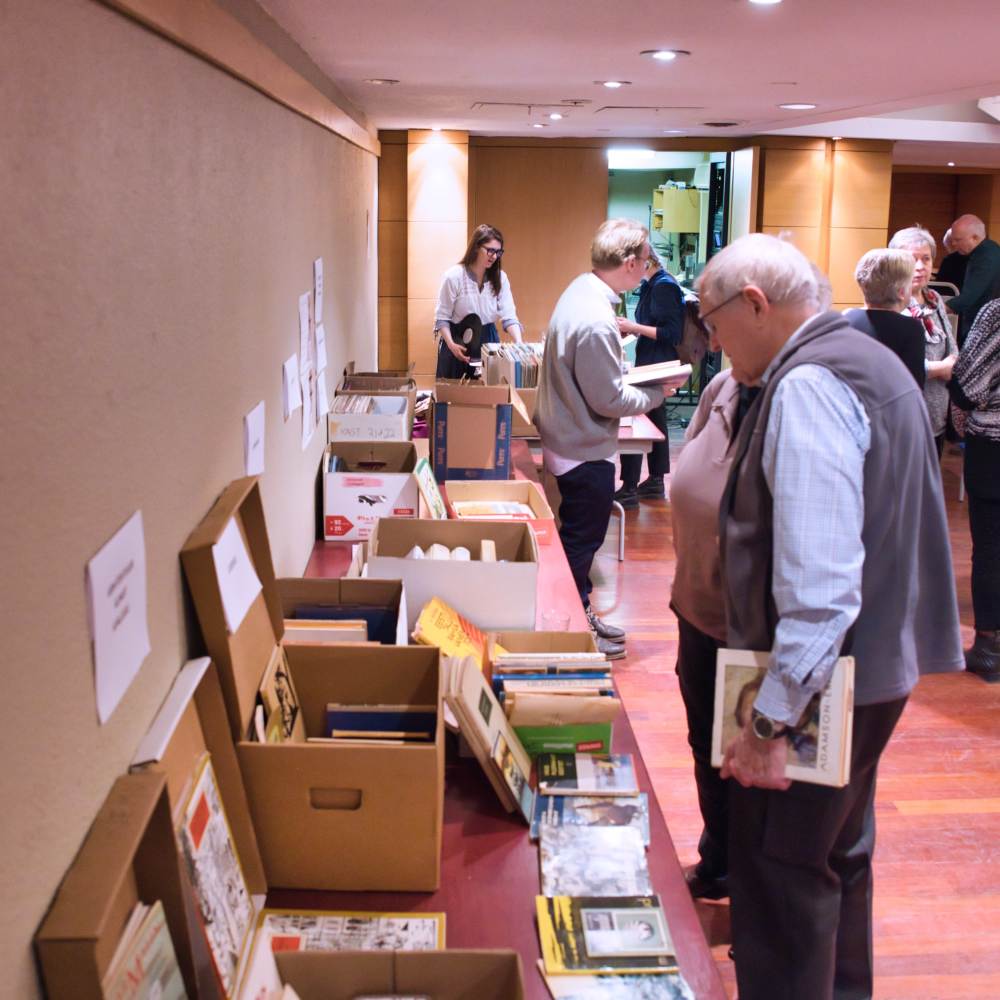While driving past the Murney Tower on a blustery winter’s day, I came to reflect upon the enduring symbolism and narrative power of historic military towers, near and far. What personal feelings, meanings and hidden stories might they evoke, beyond the measured physical aspects of their construction style, and the documented facts around their places in time?
In that moment, Kingston’s own waterfront fortification, the Murney Tower, reminded me of another tower called the Pikk Hermann in Tallinn, the capital city of Estonia. Tallinn is known for the many impressively constructed medieval fortifications that once guarded the Old Town from determined foreign invaders.
Strategically situated on the Baltic Sea in the north of Europe, the value of this cold, bleak and rocky port location for commerce and war was recognized over many passing centuries by the Danes, Swedes, Poles, Germans and Russians. Indigenous Estonians lived as a subservient people as wave after wave of foreign powers ruled the land for almost a thousand years. It was in the late 1800s that Estonians finally started to see themselves as a distinct cultural entity and society. This has been called the ärkamise aeg, the period of awakening in their history.
At the end of World War I, Estonians declared their freedom from Russia and the small country became a sovereign republic, intent on determining its own democratic future, with envisioned peace and modern prosperity. The newly created national flag was carried with solemn ceremony up 215 spiral steps inside the Pikk Hermann (the Tall Warrior) tower, to be raised high above the parapet for the first time on December 12th, 1918. The blue, black and white colours rippled above the city and could be seen out at sea. The flag colours represented the sky, the earth and the spirit of hope, and became a national symbol of freedom, strength and unity.
The short-lived aspirations of Estonians to be a self-governing nation were soon to be crushed by foreign occupiers once again, this time during World War II. Estonia became part of the Soviet Union, destined to endure harsh communist rule from Moscow behind the Iron Curtain for decades to come. Tens of thousands of Estonians were executed or deported to Siberian forced labour camps. Thousands fled as desperate refugees to Sweden and to Germany.
It became illegal to fly the blue, black and white flag, or to display those colours together anywhere. The Estonian freedom flag was replaced by the red Soviet revolutionary hammer and sickle banner at the top of the Pikk Herman tower, where it flew for the next half century.
As the Soviet Union began to disintegrate in the late 1980s, some defiant Estonians dared to remove the red symbol of communism from the tower and to raise a long-hidden and carefully protected flag from the early days of the republic in its stead. The familiar colours fluttering high above the tower over the ancient city became a deeply unifying symbol of passionate hope for the future of the nation once more.
This story of upheaval and oppression has an encouraging ending. On February 24th, 2018 Estonia was able to celebrate its 100th anniversary, as a free, prosperous and recovering nation.
The blue, black and white colours are raised every year now on Independence Day at Pikk Hermann in a quiet ceremony at dawn, with large crowds gathering in the freshly fallen snow. They sing the moving national hymn of their forefathers together, Mu Isamaa. Theirs was a hard won freedom, born from a soul-breaking and brutal ancestral struggle that lasted for centuries.
But what has this to do with Kingston and the Murney Tower?
I am a Kingstonian with an Estonian heritage. My parents were refugees, lost and abandoned teenagers who escaped in small boats to Sweden and Finland during World War II. My grandparents lost their ancestral estate in Mulgimaa, in the south of Estonia, and were deported to Siberia. Because they were landowners, they were deemed criminals who stood in the way of the Stalin era political restructuring and Russification of their homeland.
The unspeakable suffering caused by the trauma of war and the fearful deprivations created by life circumstances under the Soviet regime were profound and far-reaching, with the lingering effects felt even generations later.
My parents did not believe that they would see the day when Estonia would become free and whole again in spirit. All that had been familiar and precious was lost to that generation. They were buried here in Canadian soil, never having had the chance to be laid to rest in the land of their ancestors.
My cousins live in Estonia. Every year, on February 24th, I enjoy sending them greetings from Kingston as they mark their Independence Day with reverence and ceremony. The inspiration came recently to send a photo to my relatives on February 24th, a picture of what represented endurance, protection and strength here in the Limestone City, with some help from the Gaskin Lion, a nearby silent symbol of courage.
A brisk Lake Ontario wind caught the colours of freedom in my ancestral Estonian flag against the photo backdrop of the Canadian cultural and military history represented by the Murney Tower.
Eva Eichenbaum Barnes





